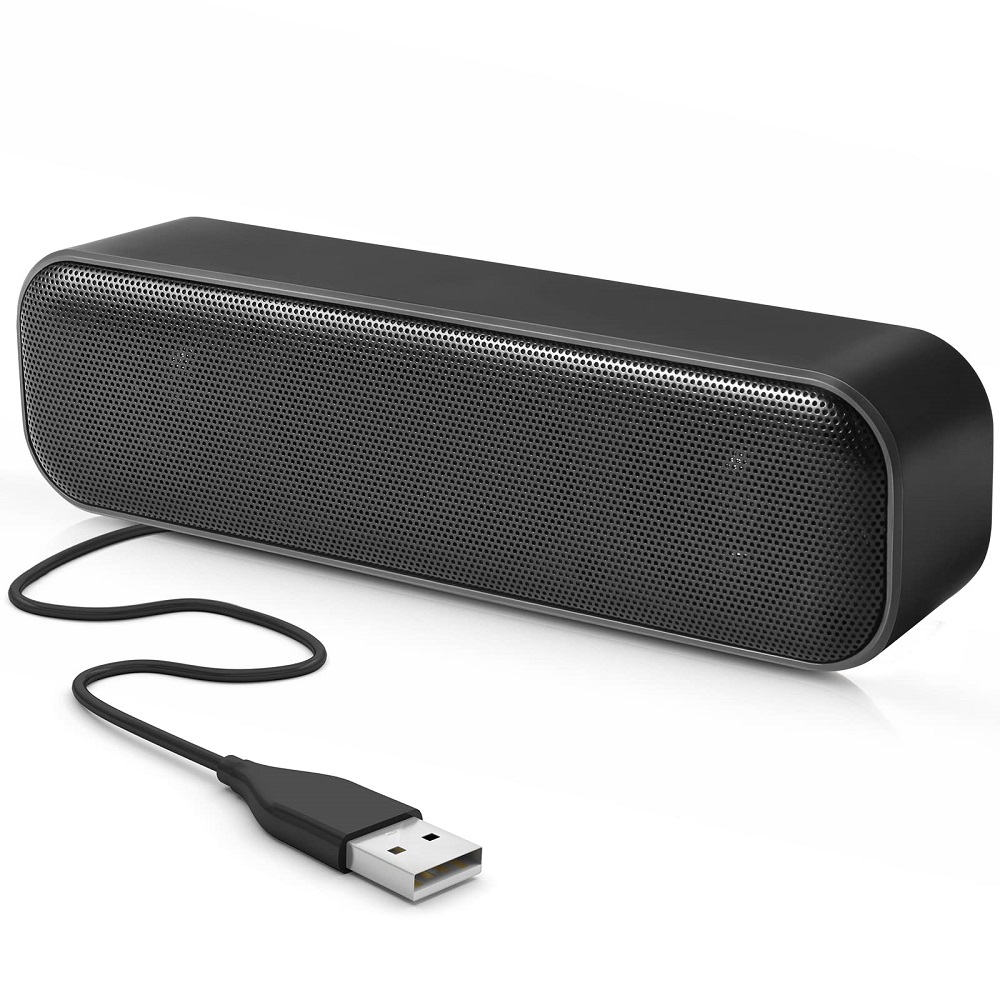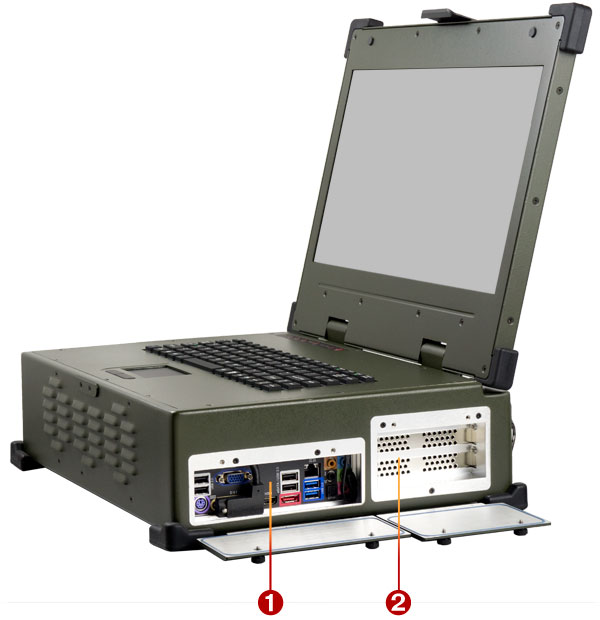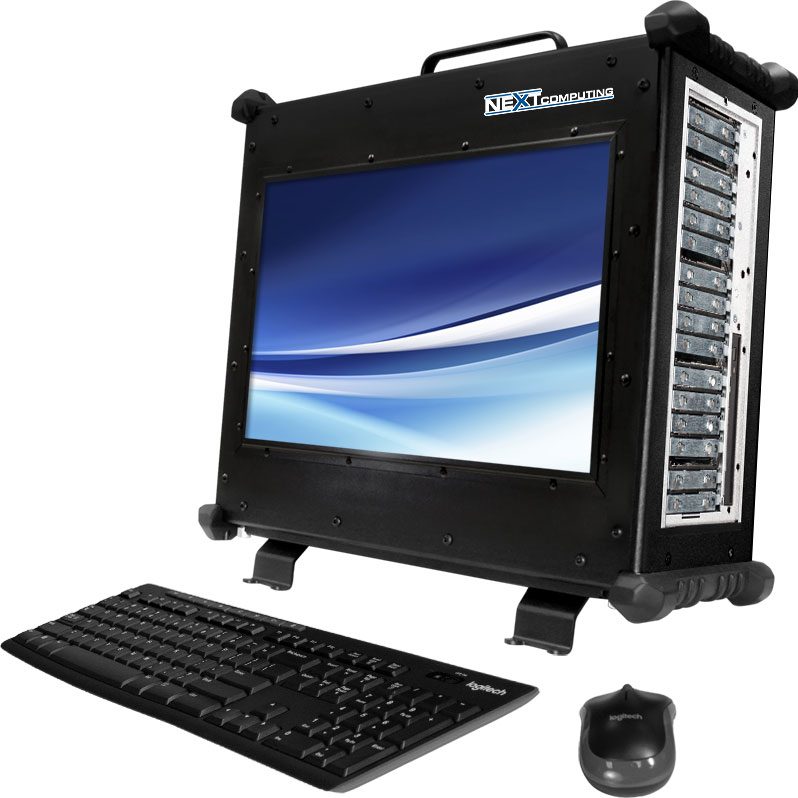With the rise of remote work and changes in technology, many people find themselves needing a portable desktop that can adapt to various lifestyles. A portable desktop not only offers the power of a traditional desktop computer but also the flexibility to work from different locations, whether at home, in a café, or on the go. Choosing the right portable desktop involves understanding your specific needs, preferences, and how you plan to use the device. This guide will walk you through essential features and considerations to help you make an informed decision.
Understand Your Computing Needs
Assess Your Usage Patterns
The first step in choosing a portable desktop is to assess your computing needs. Think about the tasks you perform daily—do you mostly browse the web, create documents, or edit videos? If you primarily engage in light tasks like emailing or browsing, a basic model will suffice. However, if you do heavy lifting such as video editing, graphic design, or gaming, you’ll need something more powerful. Understanding your specific usage patterns will help guide your selection.
Future-Proofing Your Device
Consider not only your current needs but also potential future requirements. Technology evolves, and software applications become more demanding over time. If you plan to keep your portable desktop for several years, investing in a machine with better performance specifications could save you from having to upgrade sooner than expected. Future-proofing means looking for features like a faster processor, more RAM, and greater storage capacity to accommodate evolving computing needs.

Size and Weight Considerations
Portability vs. Screen Size
When selecting a portable desktop, balancing portability with screen size is essential. Lighter devices that are easy to carry around typically have smaller screens, while larger display models offer better visibility but can be cumbersome. If you frequently travel or commute, prioritize lighter models that fit easily in your bag. However, if you work mostly from a fixed location, such as your home or an office, a larger screen can enhance comfort and productivity.
Dimensions of Your Workspace
Consider the spaces where you will use your portable desktop. If you have limited desk space, a compact design may be more suitable. On the other hand, if you work in a shared environment or need to set up quickly, a model that allows easy setup and takedown becomes critical. Think about how and where the desktop will be used: will it be resting on a small desk at home, or out in a coffee shop with limited table space? The dimensions of your workspace should play an essential role in your decision.
Performance Features
Processor and RAM
Performance is a critical aspect that distinguishes portable desktops from basic laptops. Look for a powerful processor, such as an Intel Core i5 or an AMD Ryzen 5, as these offer a good balance between performance and battery life. Monitor how much RAM comes installed on the machine; a minimum of 8GB is generally recommended for multitasking and running applications smoothly. For heavier tasks, consider options with 16GB or more.
Graphics and Storage Options
If your work involves graphics-intensive applications or gaming, pay special attention to the graphics card. Integrated graphics may suffice for basic usage, but a dedicated GPU is necessary for tasks involving video editing, 3D modeling, or serious gaming. Additionally, choose a storage option that suits your needs. Solid-state drives (SSDs) offer faster load times compared to traditional hard drives (HDDs), making them an excellent choice for efficiency and speed. SSDs also tend to be more durable, which is an advantage for portable devices.

Battery Life and Power Options
Evaluating Battery Life
Battery life is crucial for a portable desktop, especially for those who often work remotely or travel. Look for models that offer at least 8 to 10 hours of battery life under typical usage conditions. While manufacturers often advertise longer battery performance, real-world usage may vary. Research user reviews to determine how well the machine performs in actual scenarios rather than just relying on specs.
Charging Flexibility
Consider how the portable desktop can be charged. Models with USB-C charging provide flexibility, as you can recharge using various compatible devices like power banks or laptops. Additionally, check whether there are quick charge options available. This feature can reduce downtime when you need your device charged rapidly between meetings or during commutes.
Connectivity and Compatibility
Ports and Wireless Connectivity
Evaluate the ports available on the portable desktop. Look for a variety of USB ports (both Type-A and Type-C), HDMI outputs, and an SD card slot if you work with photography or video. These will allow you to connect various peripherals like external displays, storage devices, or cameras. Also, ensure the desktop has reliable Wi-Fi capabilities, preferably supporting the latest standards such as Wi-Fi 6, for faster and more stable connectivity.
Software Compatibility and Ecosystem
Consider the operating system that best suits your needs. Windows-based machines tend to offer greater software compatibility, particularly for specialized applications used in business or engineering. If you work in a creative field, macOS systems are often preferred for their robust design and media applications. Evaluate what software ecosystem aligns with your workflow and choose a portable desktop that fits seamlessly within that environment.

Design and Aesthetics
Build Quality and Durability
When you’re on the go, a durable build is as important as sleek aesthetics. Look for materials that can withstand daily wear and tear; aluminum chassis or reinforced plastic can enhance longevity. If you often find yourself and your device in coffee shops, airports, or various workspaces, a rugged design ensures that your portable desktop can endure accidental bumps and scratches.
Personal Style and Ergonomics
The design should also resonate with your personal style. While functionality is essential, don’t overlook how the device looks—an appealing aesthetic can make a workplace feel more inviting. Ergonomics play a vital part too; consider whether the device allows for comfortable typing and viewing angles. Features like adjustable stands or detachable keyboards can improve user comfort and prevent strain during extended use.
Budget Considerations
Setting Your Budget
Set a clear budget range before exploring portable desktops. With numerous models available at varying price points, it’s crucial to know what you’re willing to spend. Establishing a budget helps narrow down your options and prevents overspending while allowing you to focus on machines that truly meet your requirements.
Evaluating Cost vs. Value
Ensure that you evaluate the cost against the features and performance offered. Sometimes, spending a bit more upfront can yield a device that outperforms cheaper alternatives in the long run, leading to higher satisfaction and reduced future expenses. Consider not just the purchase price but also the longevity and durability of the device. Investing in quality can save money over time, as you won’t have to replace the device as frequently.
Conclusion
Choosing the right portable desktop is a multifaceted decision that impacts your productivity, comfort, and overall satisfaction. By assessing your computing needs, considering key performance features, and evaluating design and budget parameters, you’ll be well-equipped to make an informed choice. Remember, a portable desktop should enhance your lifestyle—offering both functionality and convenience. As you explore your options, stay focused on what aligns most closely with your daily activities and future intentions, ensuring you make the right investment for your unique lifestyle. With careful consideration, you’ll not only select a machine that meets your current needs but also one that will support your goals for years to come.
